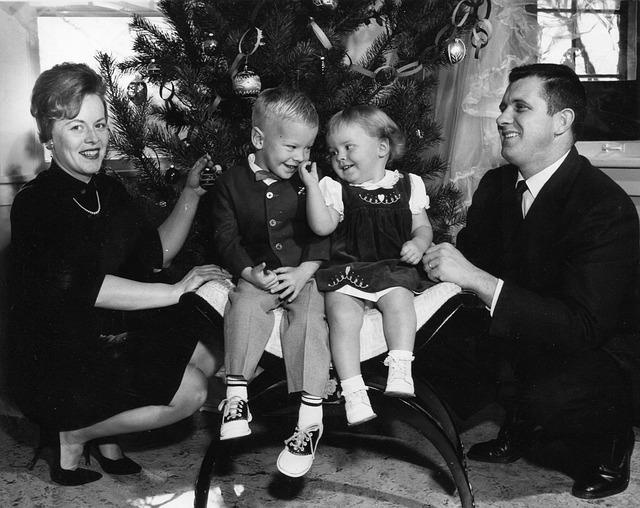
Welcome back and thanks for joining us as we wrap up this subject. If you’ve been with us from the very beginning, you’ll know that we’ve already covered a lot of ground, from the early orphanages and orphan trains, all the way to the early juvenile court and the social security act. Moving on, we’d like to wrap this up with a look at the development of child protective services after the midcentury in the U.S. Essentially, a look at how CPS came to be what it is today.
By the mid century, the problem belonged to the government
If you remember, in 1956 Vincent De Francis, then director of the Children’s Division of the American Humane Association, did an inventory of child protectives available around the country and came up with a total of 84. This was a significant decrease, and it caused him to wonder. 10 years later, in the mid sixties, De Francis conducted the same survey again and this time the number was down to 10.
The shift away from private agencies was well under way, and the plight of the nation’s children was placed squarely in the hands of the government. By 1967, almost every state had laws in place which put responsibility for child protection in government hands. And yet not a single state had yet developed programs, agencies or policies sufficient enough to deal with the crisis. But that would change shortly.
The birth of ‘child protective services’ as we know it
By the late 60’s, the federal government has passed laws requiring that doctors report suspected child abuse to local law enforcement. And although the medical community’s interest and involvement in child abuse cases didn’t really start until the 60s, by the 70s “battered child syndrome” was widely known. By the late 1970’s every state had some kind of government-sponsored child protective service in place, both in rural and urban communities
In 1974, Congress passed the Child Abuse Prevention and Treatment Act, which authorized federal funding to help individual states respond to neglect, and physical and sexual abuse of children. Specifically, improved investigation and reporting of abuse and neglect. A few years later, in 1980, the Adoption Assistance and Child Welfare Act was signed into law, which required states to make “reasonable efforts” to avoid removing children from parents who were struggling. This was called ‘preservation of the family.’
Preservation of the family is NOT a CPS priority!
It wasn’t long before preservation of the family came under attack. In the 1990s, critics began to argue that focus on family preservation trapped children in unsafe homes with parents who simply weren’t able to properly care for them. In his 1996 book The Book of David: How Preserving Families Can Cost Children’s Lives, Richard Gelles argued that some parents were unfit,and always would be. No amount of support services would make them good parents. And children, he said, would suffer as a result. So foster care was the best option.
This mindset hasn’t changed much in the last few decades. Preservation of the family is still under attack, and CPS still makes it a point to remove FAR too many children from loving parents. Parents who are dealing with unique challenges that don’t make them bad people, rather people who need a little extra support and compassion. If this sounds like your situation, and CPS is threatening to take your children, call The Kronzek Firm at 866 766 52445. Our skilled CPS defense attorneys can help you defend your family against the bullying tactics of CPS.
